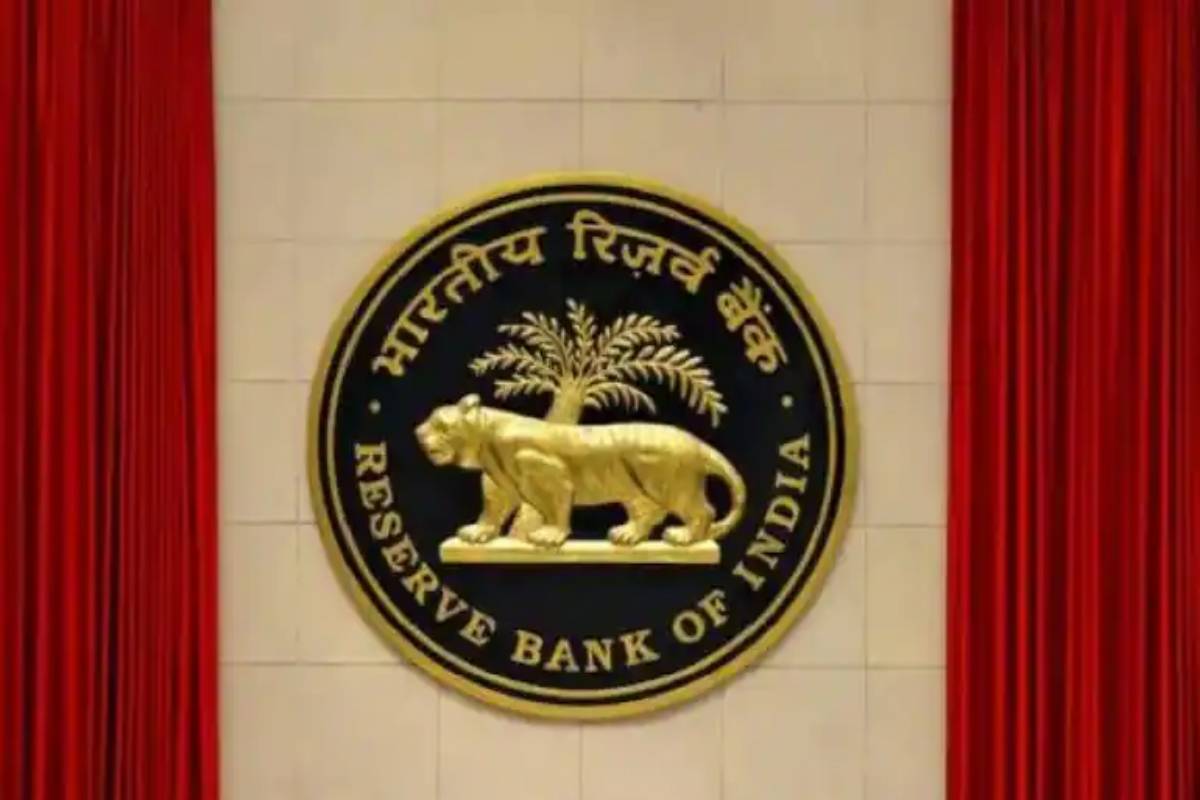A pick-up in bank credit is the RBI’s preferred mode for narrowing the liquidity surplus, and the signal for any possible lift-off of interest rates will be the rate-setting panel’s shift in stance of the policy, RBI Deputy Governor Michael Patra said on Thursday. Patra also defended the RBI’s decision of creating an asymmetrical liquidity corridor by cutting the reverse repo rate as a measure taken because of the impact of the COVID pandemic which will be normalised as time passes. The RBI is absorbing over Rs 9 lakh crore per day through the reverse repo corridor as the bank credit growth stutters around the 6 per cent mark. On the liquidity management side, concerns are being raised whether the introduction of instruments like the variable reverse repo rate (VRRR) operations are aimed at tightening. It can be noted that the RBI has been on an elongated pause in rates due to the high inflation and given the persistence of price rise forces, some analysts are already expecting a rate hike next year. Patra made it clear that some sections have “misconstrued” the VRRR as a liquidity tightening and affirmed that the central bank will remain in the surplus mode. “It is our hope that credit demand will recover and banks will get back to their core function of financial intermediation as soon as they can. This is the natural and the RBI-preferred manner in which surpluses in the LAF (liquidity adjustment facility) can be reduced,” Patra said in a speech delivered at an event organised by lobby grouping CII. VRRR is not a signal either for withdrawal of liquidity or of lift-off of interest rates. “Signals of the latter will be conveyed through the stance that is articulated by the MPC (monetary policy committee) in its future resolutions,” he said. “We don’t like tantrums; we like tepid and transparent transitions – glidepaths rather than crash landings,” the DG added. Affirming that the RBI’s MPC is committed to its primary mandate of price stability, Patra said inflationary pressures are largely driven by supply shocks which are playing out repeatedly giving it a persistent character. Headline inflation may come at 5.7 per cent or less for FY22, he said. A narrow group of goods – items constituting around 20 per cent of the CPI (consumer price inflation) basket are responsible for more than 50 per cent of inflation – are resulting in the pressure on inflation, Patra said, adding that easing of headline inflation from current levels is “likely to be grudging and uneven”. During the last one-and-a-half years of the pandemic, Patra conceded that inflation did go above the upper tolerance band of 6 per cent for two months in FY21, but with GDP contraction, the RBI had to be flexible with the conduct of the policy rate. Raising of the policy rate when the inflation breached the 6 per cent mark would have been “disastrous”, Patra said, adding that the RBI’s policies were vindicated when the growth returned to positive territory in the last quarter of FY21. “Looking back, it was the combination of framework flexibility and astute judgement that healed the economy and helped it rebound,” he said. However, the second wave of the pandemic in the first quarter of FY22 again led to setbacks and Patra said the economy is “scarred” but resilient relative to the first wave’s experience. “The recovery appears broad-based and the pivot is manufacturing, but output is still below pre-pandemic levels, especially in contact-based services,” he said, reiterating Governor Shaktikanta Das’ statement about the 9.5 per cent GDP growth estimate for FY22 being on track.
Advertisement











